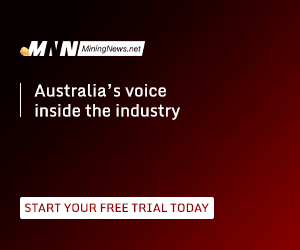This article is 9 years old. Images might not display.
Global iron ore shipments, on a 100% basis, were 336.6 million tonnes for the year, below guidance of 340Mt, and slightly short of UBS’ estimate of 337Mt.
Still, the figure was a new record, rising 11% over 2014.
The Pilbara mines produced 309.9Mt, 10% up on 2014 as the company completed its 360 expansion.
Pilbara sales were 318.5Mt as the company drew down on inventories built up during the infrastructure expansion.
The average price achieved by Rio for iron ore sales for the year was $US48.40 per wet metric tonnes on a free-on-board basis.
The average Metal Bulletin 62% iron ore fines price was $55.54/t in 2015.
Iron ore shipping guidance for 2016 is 350Mt, with the focus in the Pilbara on the Nammuldi incremental tonnes project, which will double capacity to 10Mtpa.
Mined copper production of 504,400 tonnes was also below guidance of 510,000t.
Lower production at Kennecott Utah was offset by a 36% increase at Oyu Tolgoi.
Mined copper production for 2016 is expected to increase to 575,000-625,000t due to increases at Kennecott and Grasberg.
Semi-soft and hard coking coal production was up over 2014, and is expected to be similar in 2016, while thermal coal was in line, but is expected to drop this year after Bengalla is divested this quarter.
Bauxite exceeded the full-year guidance of 43Mt, while aluminium production of 3.3Mt was in line.
“Against a challenging market backdrop for the industry, Rio Tinto remains focused on operating and commercial excellence to leverage the low-cost position of our tier one asset base,” Rio CEO Sam Walsh said.
“In 2015, we delivered efficient production, meeting our targets across all of our major products, while rigorously controlling our cost base.
“We will continue to focus on disciplined management of costs and capital to maximise cashflow generation throughout 2016.”
Pre-tax and pre-divestment exploration and evaluation expenditure for 2015 was $576 million, down from $765 million in 2014.
Shares in Rio dropped 1.4% to $A38.17, the lowest level since 2009.

























